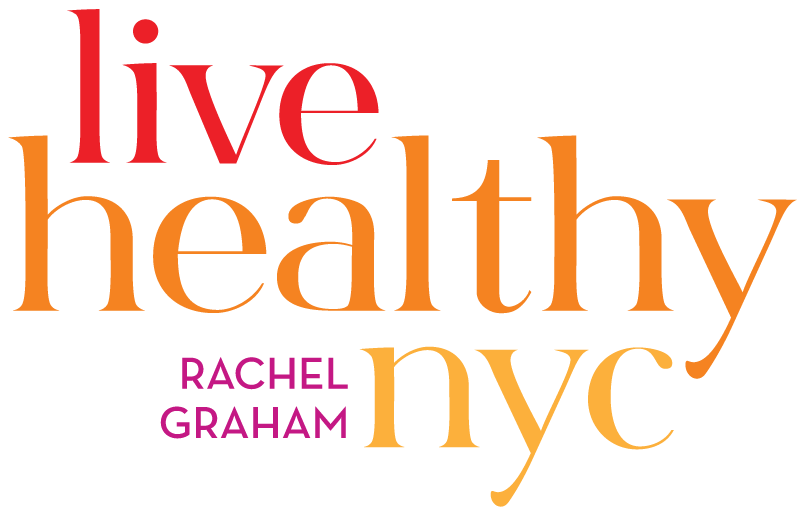Who Is Eating? A New Way to Understand Food, Feelings, and Ourselves
I was at a beautiful lunch surrounded by family and friends when I noticed a familiar feeling rising in me, that of feeling “unsettled”. Everyone was eagerly plating their food, chatting, and eating as if they hadn’t eaten in days. “I’m starved!” one person said, and another quickly agreed, “OMG, me too!”
At that moment, I heard my late grandmother’s voice in my head, saying to “slow down.” She was right. Amidst the clatter of plates and conversation, I could feel my own reaction building. Someone noticed I hadn’t started eating yet and said, “You’re not eating? You have such discipline!” I smiled and replied, “No, I’m going to make a plate—but I need a moment.” I wanted to take in the beauty of the spread, to pause long enough to sense what I actually felt like eating.
That moment reminded me of how much of our eating culture is shaped by speed, control, and compliance. There’s an old mindset that says “eating well” is about willpower. For so long, we’ve equated discipline with success, as though the more control we have, the better we’re doing. But what if eating well isn’t about control at all? What if it’s about listening instead?
When I sit with clients, I often hear questions like, “What should I eat?” or “Why can’t I just have more willpower?” These are common and understandable questions, shaped by years of cultural conditioning. I have started to ask: “Who is eating?”
This shift, from focusing on the food to focusing on the eater, opens the door to compassion. It helps us recognize that we are made up of many parts. There’s the tired part, the lonely part, the anxious part, the joyful part. Each one has its own story and needs. When we eat without awareness, one of these parts often takes charge, trying to comfort or protect us. Later, we may feel regret or confusion. But that moment of eating wasn’t about failure, it was about trying to meet an unmet need.
You’re not broken, and you don’t have a willpower problem. You have parts of yourself doing their best to help you cope. The part that reaches for comfort food isn’t “bad”; it’s asking for care.
This is where intuitive eating and emotional regulation come together. Intuitive eating invites us to pause, notice what’s happening inside, and respond with kindness. Am I hungry for food or for rest? For sweetness or for comfort? Sometimes for me the answer might be a plate of cheesy eggs and mashed potatoes (it’s my go-to comforting meal). Other times, it might be a nap, a walk, or a moment of stillness.
Learning to eat intuitively isn’t about perfection. It's about rebuilding trust with your body and emotions. When you stop fighting your impulses and start understanding them, eating becomes less about control and more about connection. So next time you ask, “What should I eat?” try asking, “Who is eating?” The answer may reveal not just what your body needs, but what your heart is longing for. If you’d like support in deepening this work—connecting food, feelings, and self-trust, I’m available for individual sessions. You can reach me rachel@livehealthynyc.com. Together, we can help you rediscover peace with eating and with yourself.

